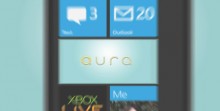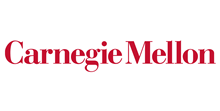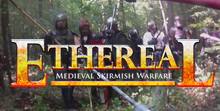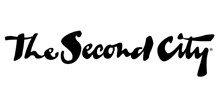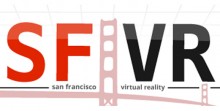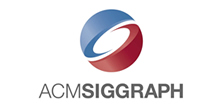Contact
About
Strategic Sales & Account Management for Cutting Edge Technology
Occipital | Google | Nukotoys | Carnegie Mellon University | Improvisation for Innovation | Second City Chicago
Portfolio
- Signal Garden
- Structure Sensor & Canvas.io (fka Occipital, Inc. – The Spatial Computing Company)
- Nukotoys Interactive Trading Cards
- Google Tango is now ARCore for Android
- Augmented World Expo Interviews
- Microsoft Xbox Live Social + Mobile
- Professional Development & Education
- Video Game Production
Links
- Carnegie Mellon University
- Entertainment Technology Center
- Ethereal: Medieval Combat
- Google's Tango is now ARCore
- SIGGRAPH Mobile & Emerging Tech
- The Second City
Signal Garden
Occipital
Google Tango is now ARCore for Android
g.co/ProjectTango | ARCore
Tango becomes ARCore (Engadget)
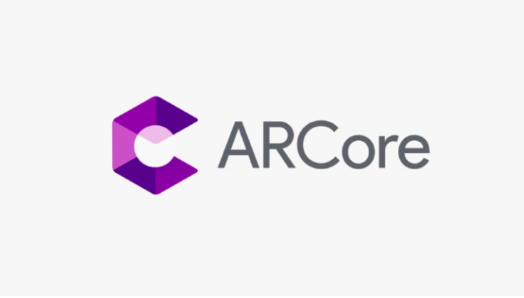
Google’s Project Tango began in Motorola’s Advanced Technology & Projects (ATAP) group. Later, ATAP moved to under Google’s direct purview and continued Tango’s mission to enable human-scale understanding of 3D space & motion on a mobile device with depth sensing, motion tracking and area learning technologies.
Announcement Video
Project Tango accelerated the natural evolution of mobile devices and what our ubiquitous devices mean to us and our daily lives. Prior to Project Tango I had worked with mobile app dev teams — Nukotoys, a iOS children’s game development studio, and at a mobile games accelerator. From these vantage points it was clear how quickly the mobile phone hardware and software was accelerating. Project Tango took that to a new level with custom sensors and accelerated processor units on a mobile device.
This enabled the user to really experience their 3D environment unlike anything else on a mobile device. This was possible with mobile devices that have some contextual understanding of its environment, its physical location. Previously, I had been developing software that was meant to give a visceral feeling of being on the medieval combat battlefield, or developing an iPad game that responds to physical trading cards. Those experiences were pre-programmed to respond to inputs in predictable ways. Tango was different in that it understood your pose (position and orientation) in 6 degrees-of-freedom (6DOF) and could build a dense 3D map of your surroundings and remember where you have been based on visual camera data that it has previously recorded. Tango understood a bit of your reality and returned an augmented reality.
Now, any where you may find yourself, any location provides new contextual data that Tango could parse and provide a unique experience for each unique location. And that opened up an incredible new opportunities. Here’s the 3 fundamental technologies that enabled Tango:
- Visual Inertial Odometry (VIO): Motion-tracking — imagine tracking yourself on your Maps app not on a 3-meter scale but rather on a centimeter scale, and in 6 degrees-of-freedom.
- Area Learning (sparse mapping): A map of sparsely collected feature points in your physical location, a memory map of your visited locations, the ability to “relocalize” to that area once remembered, and sync the view from the Tango camera to the real world position & orientation.
- Depth Sensing (dense mapping): 3 dimensional reconstruction of the environment in a digital format, similar to a CAD model being created on-the-fly, for applying physics-based calculations or exporting to standard file formats.
The new product introduction process is always exciting. I enjoyed the freedom to think creatively in developing and managing programs that engage potential new developers and evangelize the Tango platform as a solution for Virtual Reality, Mixed Reality, Indoor Navigation, Pre-visualization, and Games for both enterprise and consumer use.
Mobile World Congress 2016 Editor’s Choice Awards:
- Digital Trends: Best of MWC 2016, Cool Tech
- Tom’s Guide: Best of MWC 2016
- SlashGear: Best Promising Tech
Tango is the result of deep collaboration with laboratories around the world with expertise in computer vision, robotics, and sensor fusion. This cooperation gave the world an exciting new class of devices that can see and understand the spaces around them. Watch the following video showcasing some of the people and ideas that went into making Tango a reality.
Much of the hard work by the Tango team members became the foundation for what is now Google’s augmented reality framework for Android — ARCore.


